ISLAND of KYTHIRA
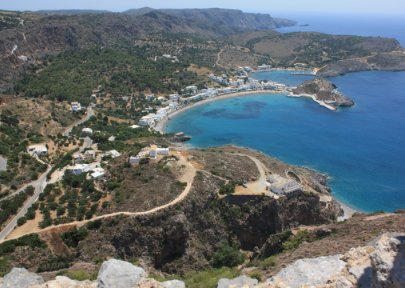
The Managing Committee of Longos Cultural Society "Lord
Byron" organised in cooperation with MATTHEOS-TOURS/Egio a
three-day EXCURSION to the ISLAND of KYTHIRA
|

|
|
Service charge: 120,00 € per person. The price included travel with luxury buses, accommodation with breakfast at the Romantica Hotel in Agia Pelagia Kythira, overnight tax (Law 4389/2016) and ferry tickets to and from the island.
Registration and further information:
PROGRAM:Friday, June 28:Meeting at 6.00 am at the fountain of Longos and departure to Corinth, Tripoli with a coffee break in Artemision. We continue to Sparta and Neapolis in Lakonia, where we will have lunch. Embarkation to Kythira at 2.30 p.m. After our arrival in Diakofti and the visit of the famous monastery Agia Moni we reach the Hotel Romantica in Agia Pelagia. Evening at your free disposal.
Saturday, June 29:
Sunday, June 30: Subject to change.
|
 |
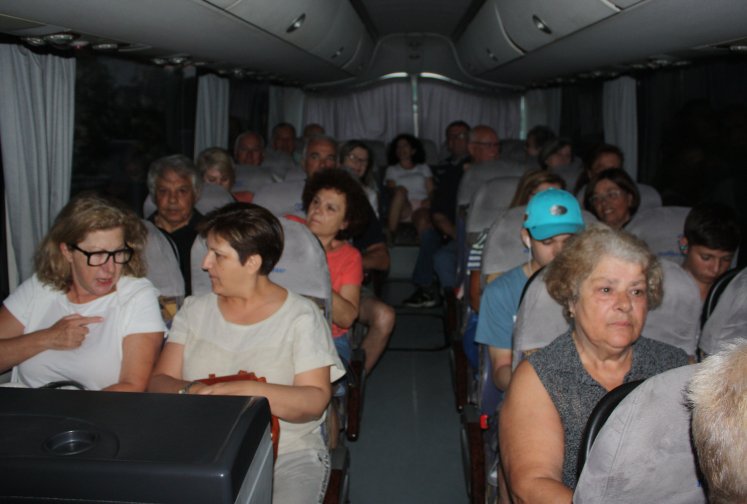 |
 |
 |
 |
 |
 |
 |
 |
 |
... and of course always a little song on the lips (00:02:26):
 |
 |
 |
 |
 |
 |

|
Kythira (Greek Κύθηρα) is a Greek island off the southeastern tip of the Peloponnese and belongs to the Ionian Islands. She came with these in 1864 to Greece and formed from 1997 to 2010 an independent municipality. Since 2011, together with the southern neighboring island of Antikythira, it forms the municipality of Kythira in the region of Attica. In Greek mythology Kythira is next to Cyprus the island of Aphrodite, the goddess of love is said to have been born here out of the sea foam. In 1798 the island was occupied by the French, in 1799 by the Russians. In 1800, with the Treaty of Constantinople, it became part of the semi-autonomous state of Eptanisa. The Eptanisa State ceased to exist in 1807 after the Treaty of Tilsit and the territory was once again in the hands of the French. |
|
In 1809 the English occupied Kythira and the other Ionian islands. In 1815, the United State of the Ionian Islands was founded with the Treaty of Paris; Corfu became the capital. The English did dozens of works to rebuild the island, but they repressed the inhabitants. Among the works of this period are the epidemic-station in Kapsali, roads, the impressive stone bridge in Katouni and other similar bridges in Potamos, Kapsali and Myrtidia, water supply projects, English schools and the lighthouses in Moudari and Kapsali. The British also gave incentives for the production of olive oil, cereals and wine. Because of the English administration many fighters from 1821 settled on the island, among them Theodoros Kolokotronis. On 28 May 1864 Kythira was united with Greece.
SightsOn the island there is a variety of close places of interest and traditional villages in hilly landscapes. There are many Byzantine and Venetian monuments as well as some English ones. The main attractions are:• Chora with its traditional narrow streets and its castle. • Kapsali, the port of Chora with its two bays - the entertainment centre of the island. Opposite Kapsali lies the rock island Avgo or Chitra with a cave worth to be seen. • Paleochora, the destroyed Byzantine capital of the island, and Kaki Lagada, the exit of the great gorge of Paleochora south of Agia Pelagia. • Mylopotamos, a traditional village in the west with the Fonissa waterfall - or Neraida's waterfall, as it is called today - and the medieval Kato Chora with the Venetian castle, the impressive landscape and the preserved byzantine churches inside the castle. • Avlemonas, a quiet little port with a small Venetian castle. • The medieval Aroniadika and the traditional villages in the center of the island. • The bridge at Katuni, built by the English in 1829, was the largest of its kind in Greece. • On the island there is a large number of old churches and monasteries from the 13th century and later. Three monasteries, Panagia Myrtidiotissa, the protector of the island, Agia Moni and Agia Elea, are located on opposite peaks. In three places (in Mylopotamos, Agia Pelagia and Kalamos) there are churches in caves. • The main beaches are Diakofti, Palaiopoli, Kaladi, Ocheles, Fyri Ammos, Melidoni, Kapsali, Agia Pelagia, Fourni, Chalkos, Komonada and Platia Ammos. |
 |
 |
 |
 |
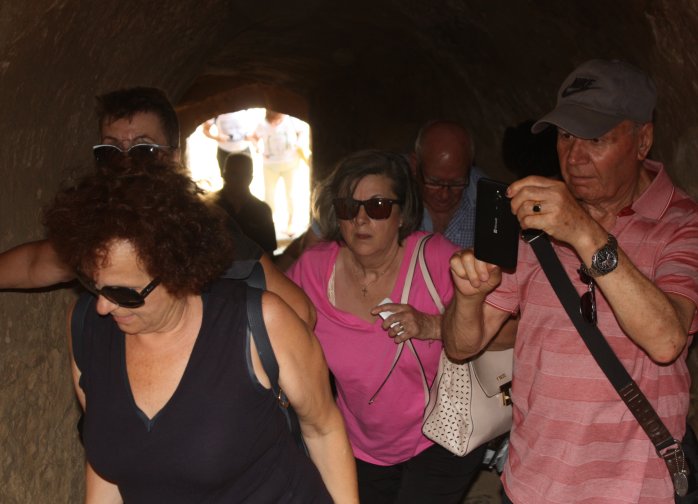 |
 |
 |
 |
 |
 |
 |
 |
 |
 |
 |
 |
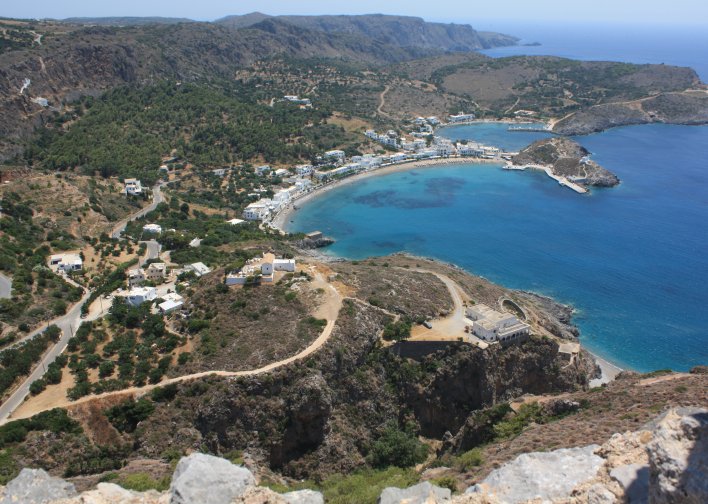 |
 |
 |
 |
 |
 |
Mylopotamos Fonissa waterfall
 |
 |
Watermills along the stream of Mylopotamos
 |
 |
 |
 |
 |
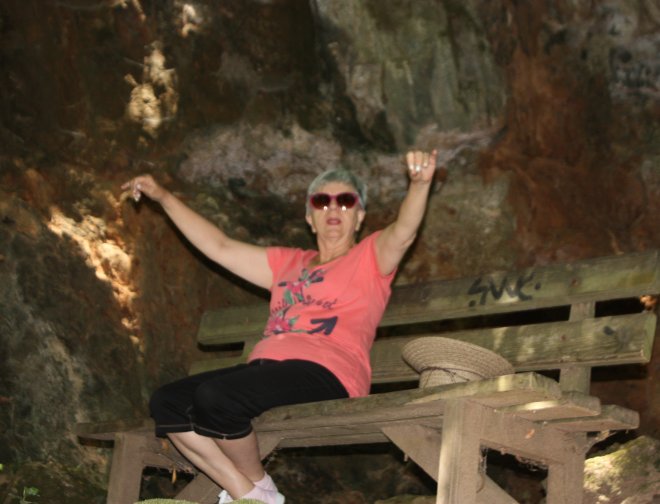 |
 |
 |
 |
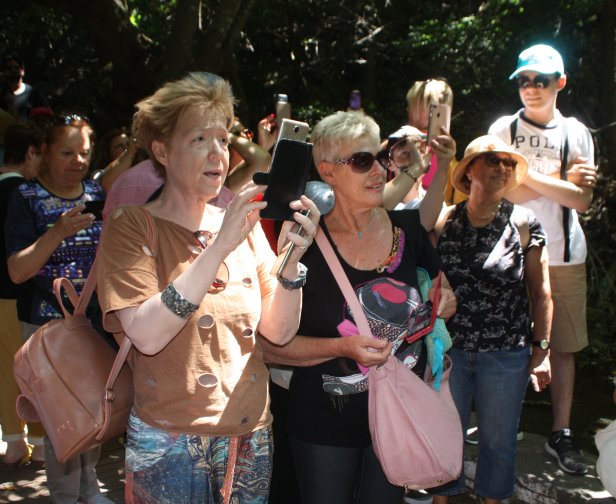 |
 |
 |
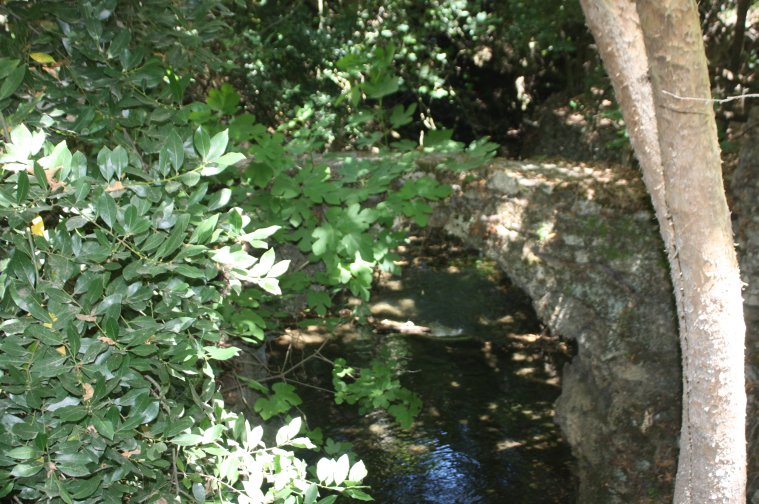 |
 |
 |
 |
 |
 |
 |
 |
 |
 |
 |
 |
 |
 |
 |
 |
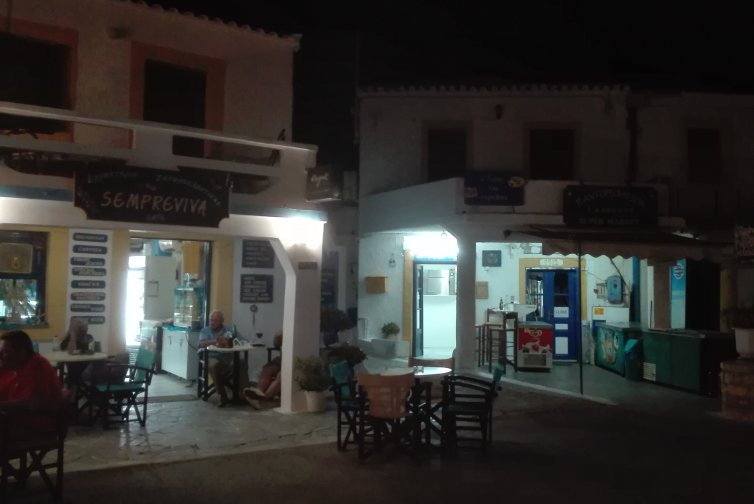 |
 |
 |
 |
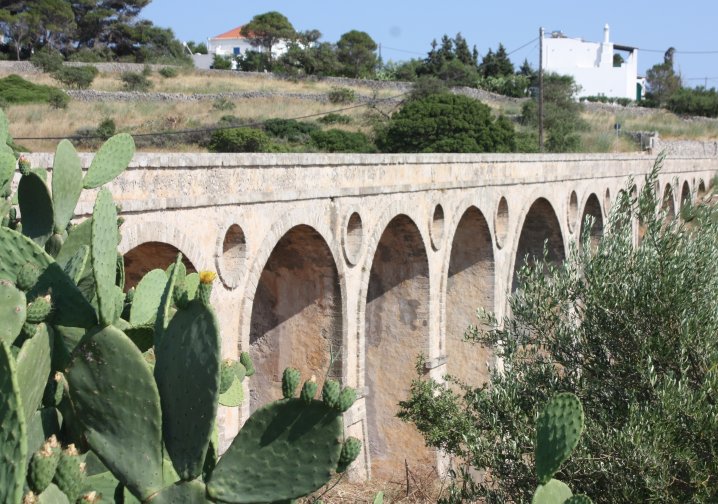 |
 |
 |
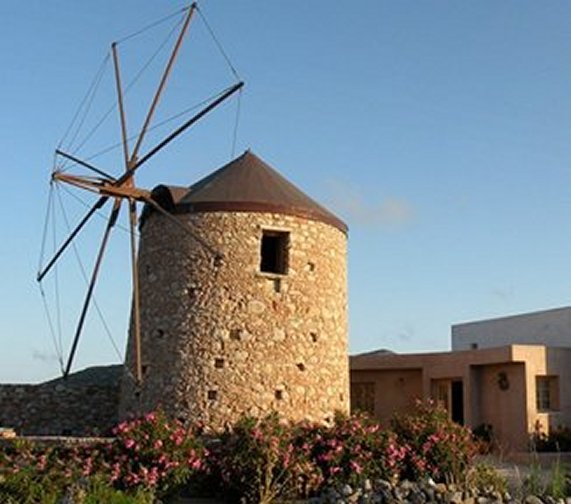 |
 |
 |
The monastery Panagia MyrtidiotissaThe monastery is located in the west of the island near to the sea, surrounded by pine trees. Its church is dedicated to the Virgin Mary Myrtidiotissa, who is considered the protector of the Kythira. The icon of Virgin Mary was found by a shepherd in the 13th century in the area of Myrtida, an area covered with many myrtles. At the site, the poor shepherd built a small chapel and devoted himself to its care for the rest of his life. After the death of the pious shepherd, the little church of Myrtidiotissa was looked after by the monk Lonidas who, with the financial help of the inhabitants of Kythira, enlarged the original chapel and built cells for pilgrims. However, the number of pilgrims from different places required a larger church and so the construction of the present church was started.
|

|
 |
 |
 |
 |
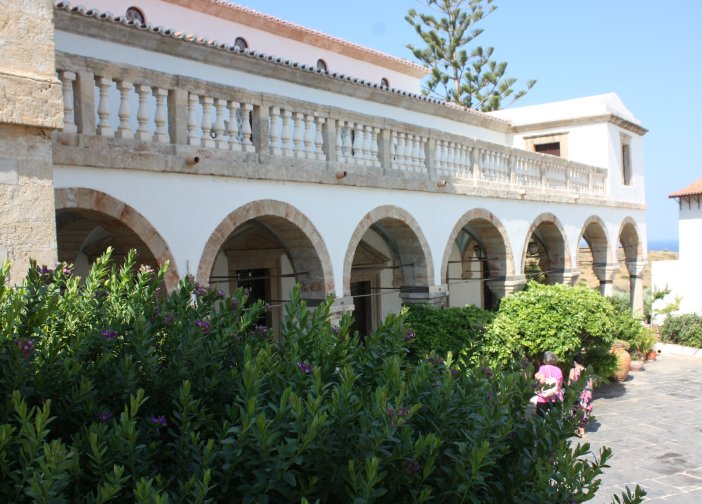 |
 |
 |
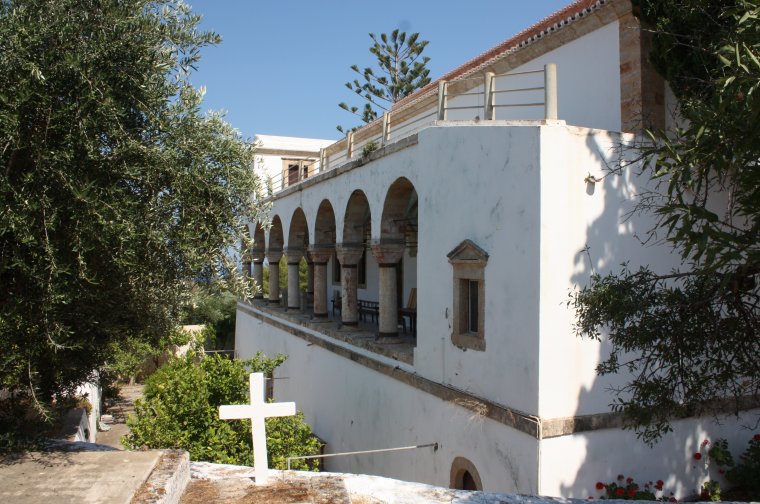 |
 |
 |
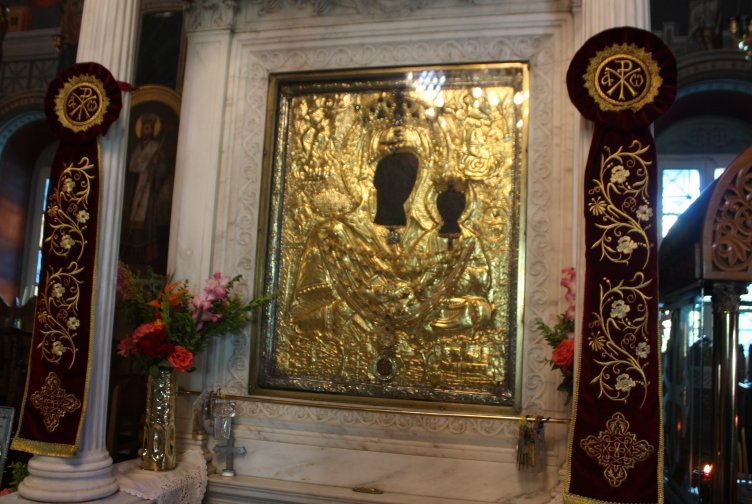 |
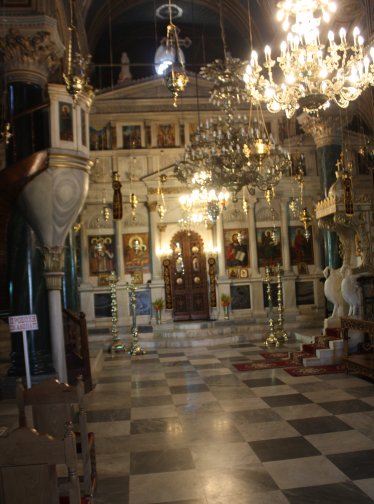 |
 |
 |
 |
 |
 |
 |
 |
 |
The monastery Agia MoniThe church Agia Moni is located on the east side of Kythira, on the mountain range above Diakofti. It was given the name "Agia Moni" because of its isolated location.In 1767 a shepherd found an icon of the Virgin Mary and Saint George bearing the inscription "The Abbey of all hope". A lightning struck the area and everything but the icon was destroyed. The bishop of Kythira decided to build a monastery. In the 19th century, the church was reconstructed and extended. The reconstruction of the sacred temple of Agia Moni began in the year 1840. The bell tower was built in 1848. The church has cells, an abbey and auxiliary spaces.
|

|
 |
 |
 |
 |
 |
 |
 |
 |
 |
 |
 |
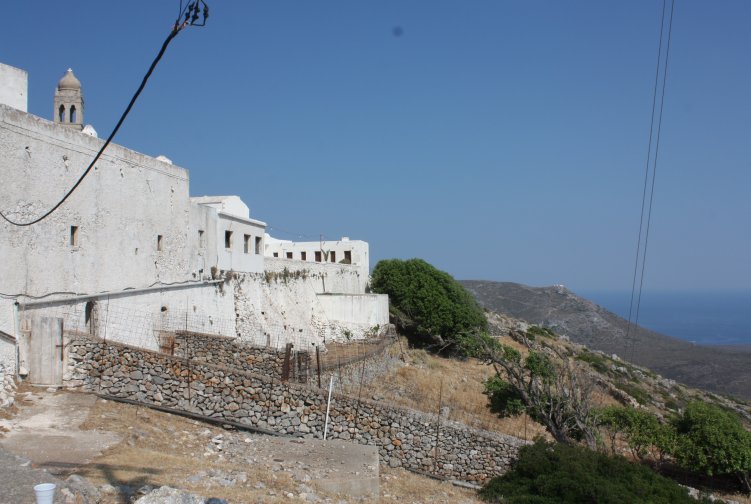 |
 |
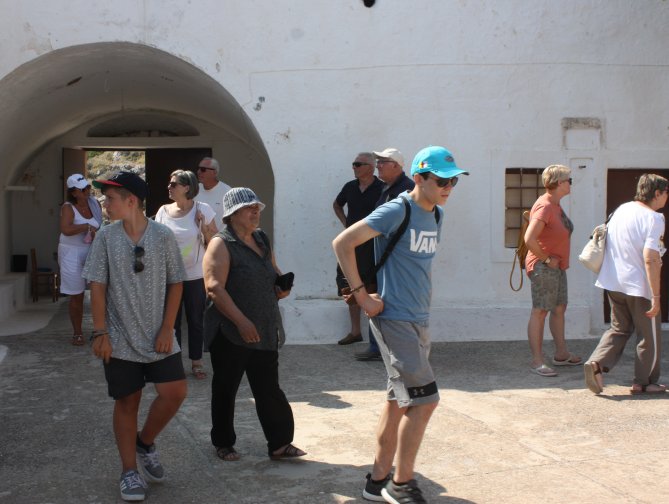 |
The monastery Agia ElesaThe small church of Agia Elesa is located on the steep cliffs, above the village of Livadi, at 433 meters. Saint Elesa’s martyrdom happened in this mountain in 375. Saint Elesa was the daughter of a rich lord from the Peloponnese. She became a christian despite her father’s objections. She left her home and fled to the island of Kythira. When her father learned where she was, he followed her to Kythira. He tortured her, dragged her by the head and hung her from a tree, where he continued beating her, until she collapsed. He untied her and threw her down. Seeming to rise from the dead, Elesa recovered her senses and tried to escape, praying to God. Then the rock she was standing on split open and she managed to flee. |

|
|
Her father caught her again and decapitated her, on August 1st, 375 AD. Her father left the island taking one of the adopted daughters by force. The other hid and took the remains of the Saint and burried them under the split rock. She returned to the Peloponnese and told all the Christians about the saint’s fateful end. The first Christians who visited her burial site built a small cave temple. According to tradition, after Saint Elesa’s death, pilgrims from Mani come to celebrate mass every August 1st. Today, the temple is of a single-aisle basilica type. It was built in 1871, at the same spot, after the backfilling of the old chapel. The altar was built on top of the grave, on the foundations of the old chapel. The split ground is visible to this day, while part of it is now a water tank, next to the temple. In the surrounding area of the temple, one can see about 20 cells built in two floors with an abbey and other auxiliary spaces. Pilgrims celebrate the saint’s memory thecustom of "Dekapentismos"in this location. The pilgrims stay in the cells from the 1st of August until the Assumption of Mary on the 15th of August. They observe the daily program of fasting and mass.
|

|
The cave of Saint Sophia is located in the bay of Kokkala in
Mylopotamos, slightly above sea level and and is easily accessible. According to tradition, the body of Saint Sophia was found in the cave ; therefore, the iconostasis in the first room has very rare paintings of saints from the 13th century. The chapel of St. Sophia is located deeper inside the Cave. The inside of the cave is spacious and full of stalactites. It has an area of 2,000 square meters, and can be visited on a length of 200 meters from July until September 15. |
 |
 |
 |
 |
 |
 |
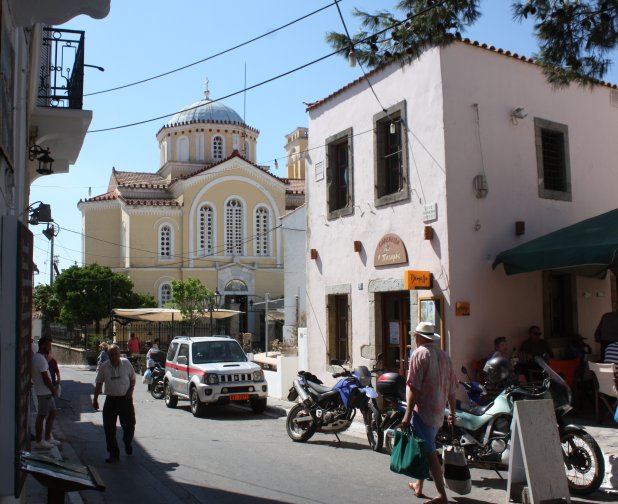 |
 |
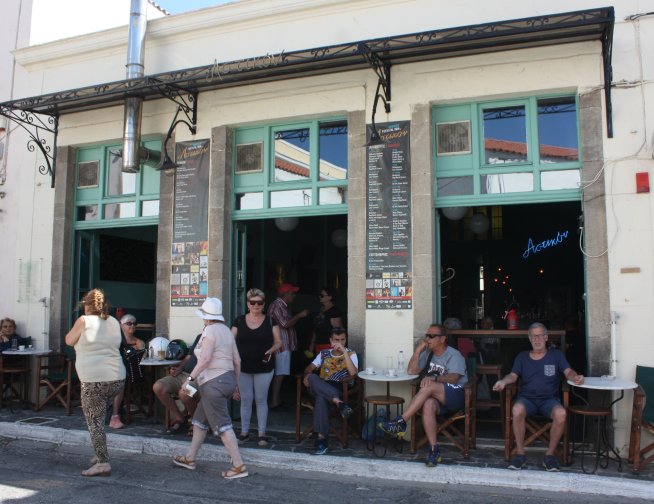 |
 |
 |
 |
 |
 |
 |
 |